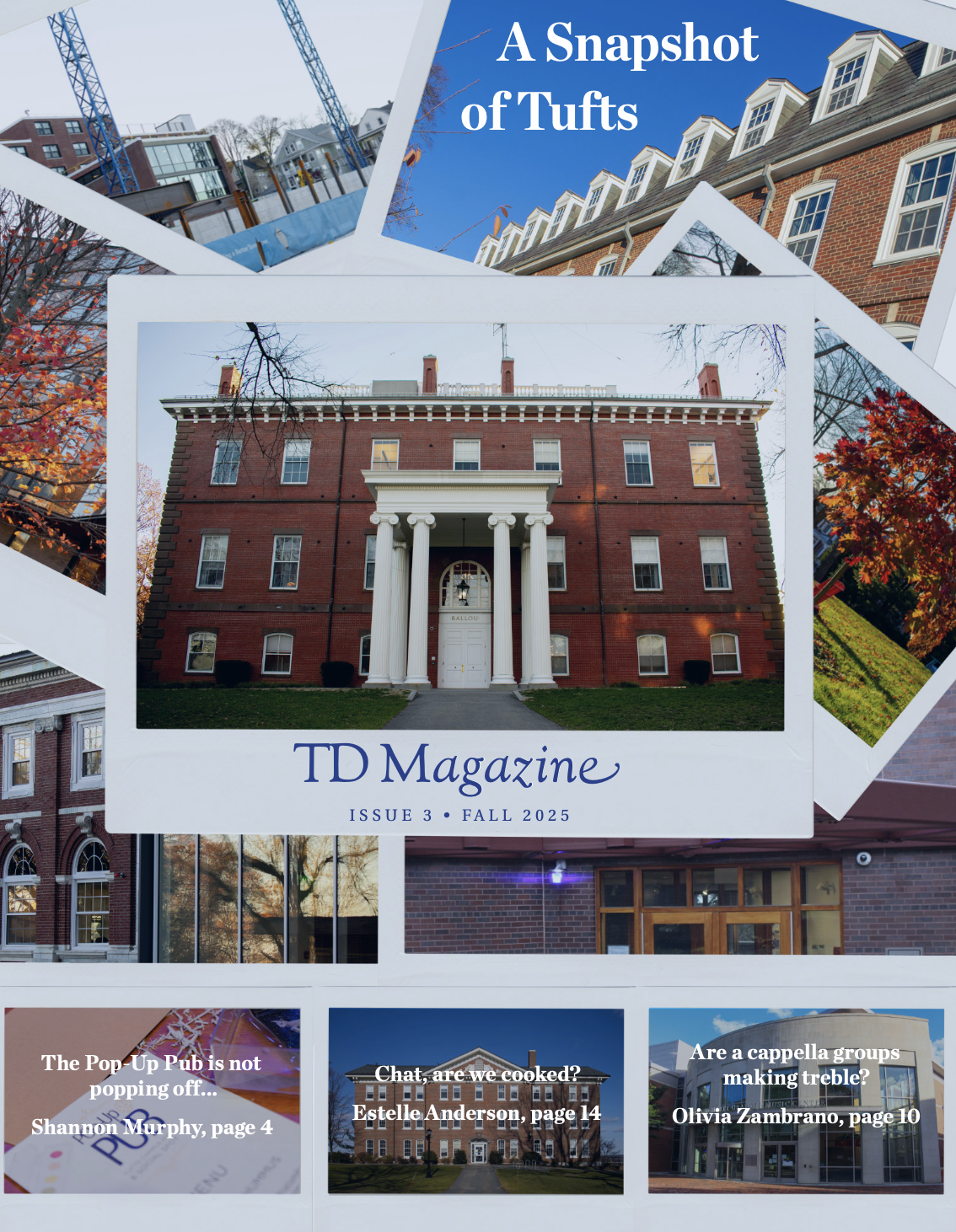The Office of Undergraduate Admissions last Thursday released its admissions decisions for Tufts' Class of 2016, which with an acceptance rate of 21 percent is the lowest in Tufts' history.
This year's acceptance rate was the Office of Undergraduate Admissions' second consecutive record low, and this year was the third straight year in which the acceptance rate has declined, according to Dean of Undergraduate Admissions Lee Coffin.
"Part of the [reason for] increased selectivity has been growth in our applicant pool, and part is a refinement of our predictive yield model," Coffin told the Daily in an email.
The admissions office received 16,378 applications this year, the second-largest pool in Tufts history, which is slightly down from last year's all-time record of 17,130 applications.
The number of applications to the School of Engineering reached a record high for the sixth year in a row, rising to 2,769 this year, according to Coffin.
"That increased volume on the engineering side also contributed to the steady drop in the overall acceptance rate," Coffin said.
The office has slightly exceeded its enrollment goal of 1,300 freshmen students in recent years, with entering classes containing between 1,315 and 1,320 students. Fewer total students were accepted this year in an effort to meet this enrollment goal, according to Coffin.
The admissions office lowered this year's acceptance rate in accordance with the expected yield - the percentage of admitted students who decide to matriculate at Tufts. Strong yield rates in recent years contributed to an increased estimate for this year's expected yield.
Coffin cited higher-than-expected enrollments from overseas and from California as partially responsible for increased yield over the last few admissions cycles. He said that this is partially because of increased recruitment efforts in those locations.
The admitted class boasts an academic profile reflective of a consistently increasing academic admissions standard.
Ninety-three percent of admitted students with class rankings will graduate in the top 10 percent of their senior class, up from 92 percent last year, with a mean percentile of the top 5 percent. Average SAT scores are 724 in the Critical Reading section, up from 722 last year, 729 in the Math section, up one point from last year, and 730 in the Writing section, equivalent to last year's average in that section.
For the School of Engineering, the average score on the Math section of the SAT is 759, also a new record.
The average ACT composite score is 32, the same as last year's score.
"Each [of these scores] ties or sets a new record for testing," Coffin said.
Fifty-one percent of the accepted class applied for need-based aid, slightly down from 52 percent last year and 54 percent the previous year. Though the Financial Aid Office is still in the process of finalizing awards, Tufts has budgeted a record high $15.9 million in need-based aid this year, according to Coffin. Still, the university has been unable to implement an entirely need-blind admissions policy.
The accepted class comprises students from over 80 different countries, including a notable increase in students from Africa, where the admissions office has recently placed a greater emphasis, especially in terms of high school visits. Fourteen percent of the accepted class - a record high - lives in a country other than the United States, and 11 percent are foreign citizens, up from 8 percent last year.
"Tufts admission officers have traveled extensively overseas during the last several admissions cycles, and the record pool of international applicants reflects that strategic outreach," Coffin said.
The class's gender divide is 53-to-47 percent female-to-male, which is similar to last year's class. The class is racially diverse, as 30 percent of American students admitted are non-Caucasian, a number that rises to 38 percent if international students are included. Ten percent are the first in their families to go to college, up from 8 percent of last year's class. Fifty-five percent attend a public high school, the same as last year.
Thirty-nine percent of the Class of 2016 was admitted through Early Decision, and 24 students who were admitted with the Class of 2015 are enrolling this fall after taking a gap year, according to Coffin.
Coffin estimates that roughly 36 percent of the admitted students will enroll this year by the decision deadline at the beginning of May.
More from The Tufts Daily





